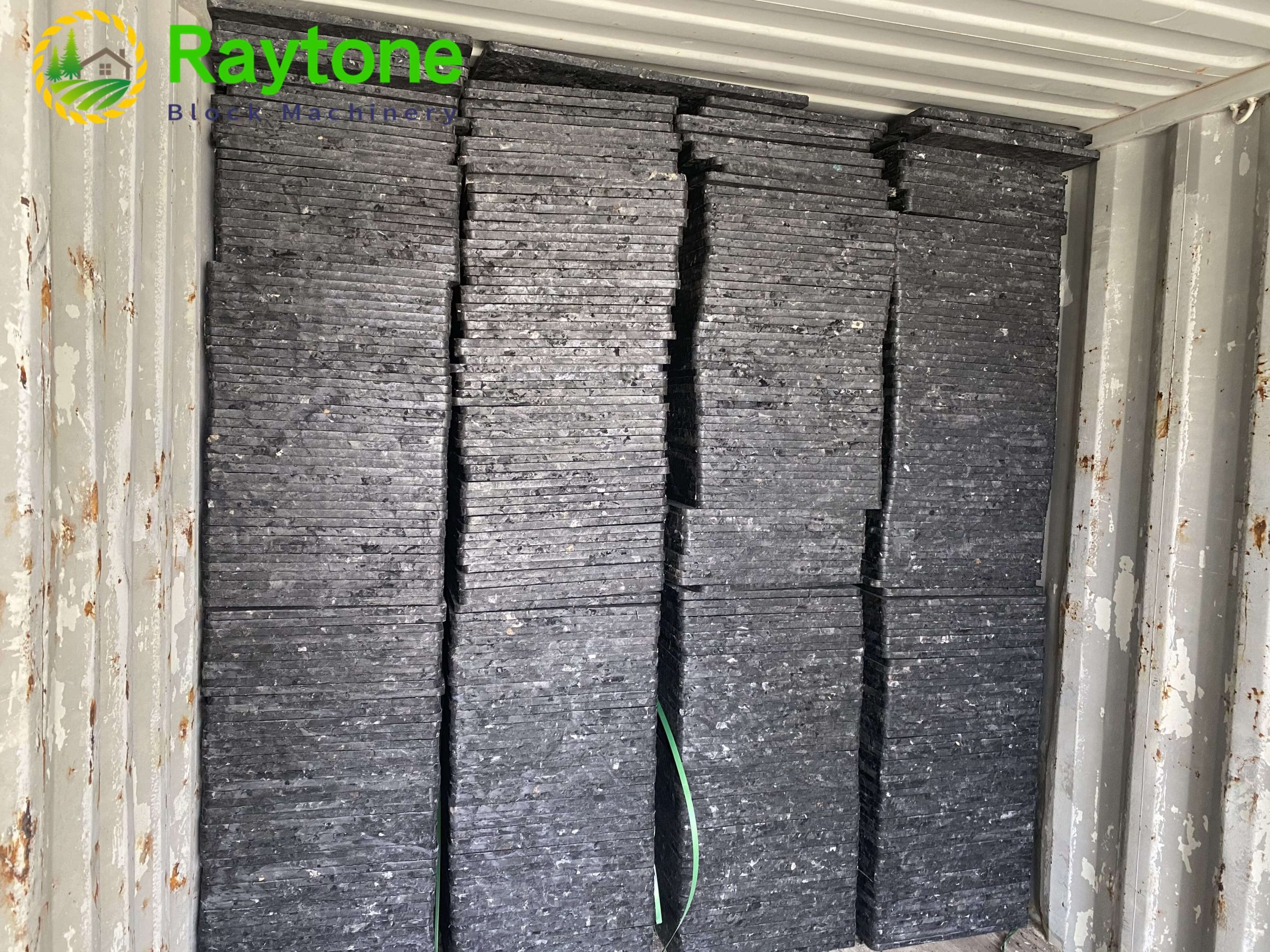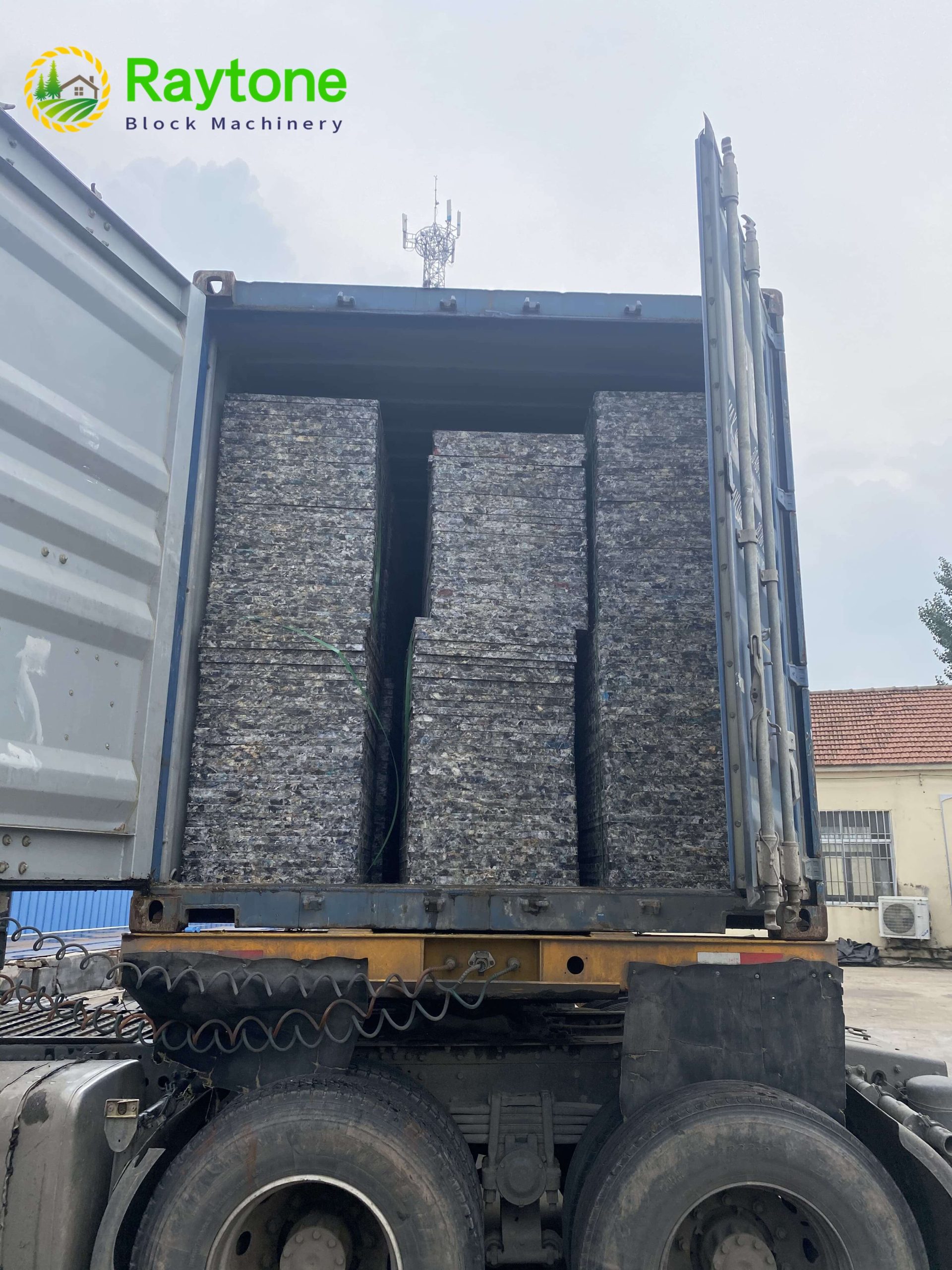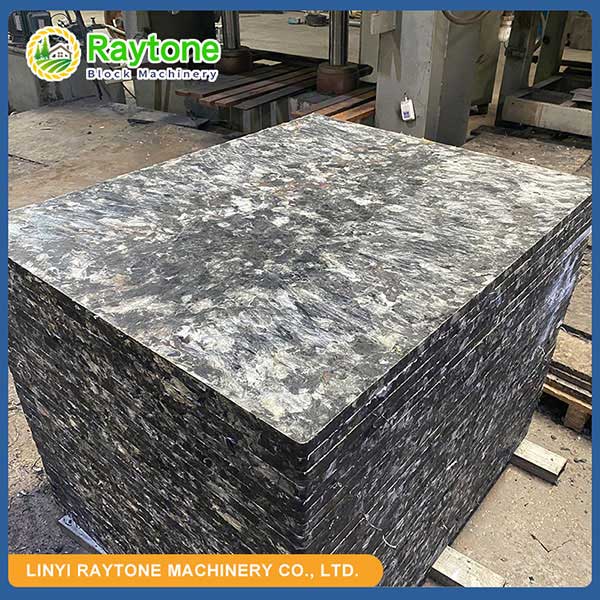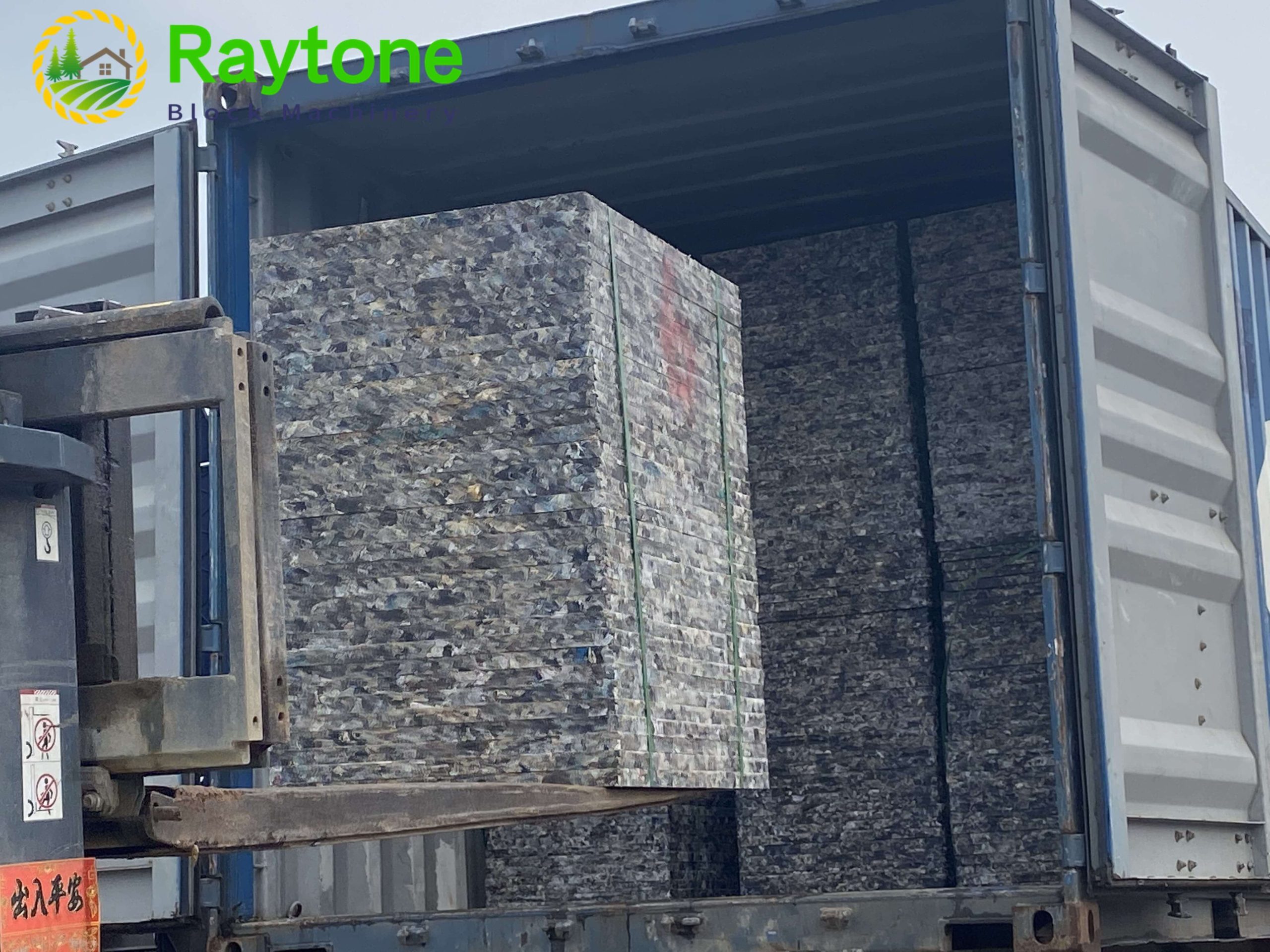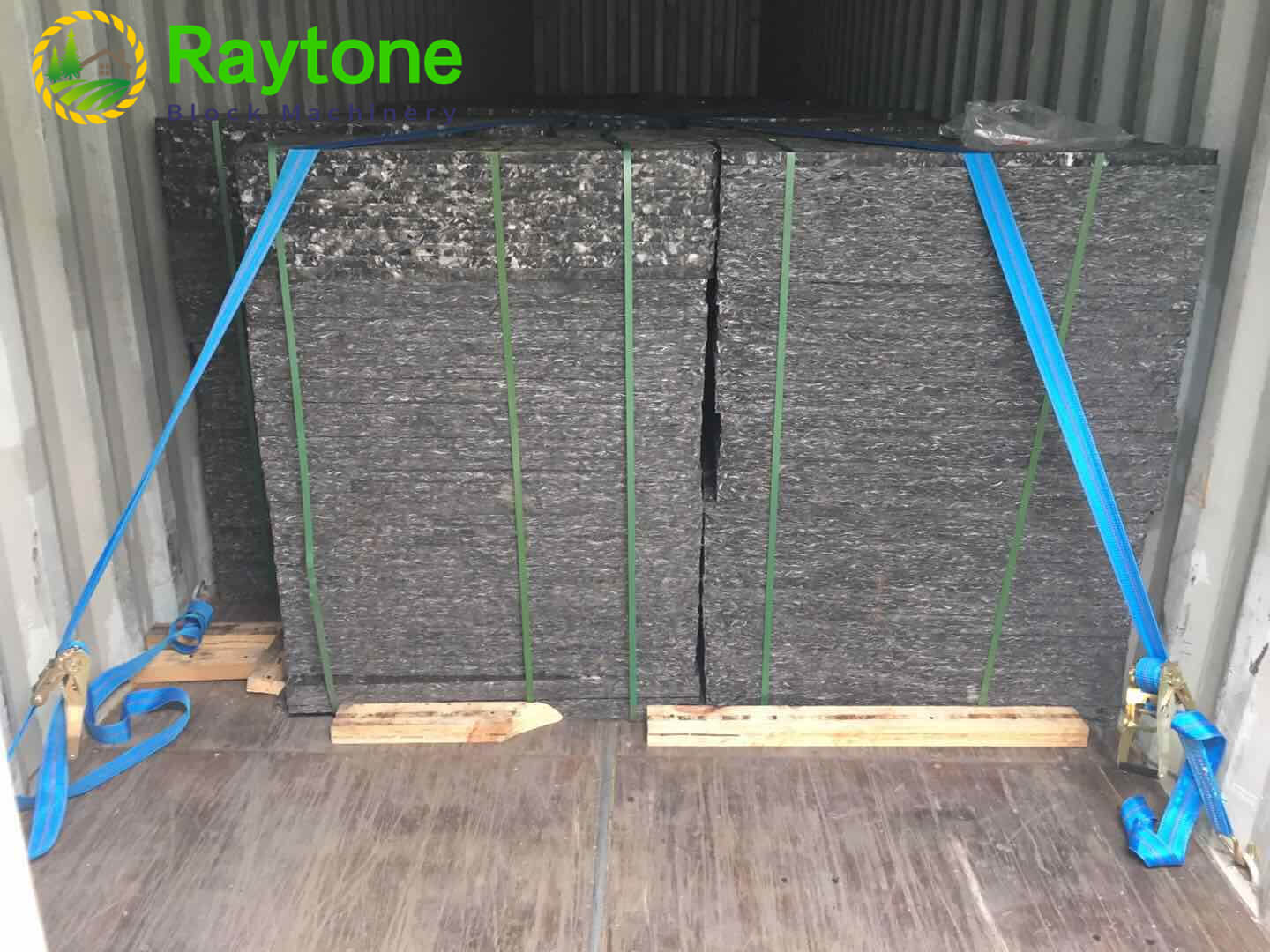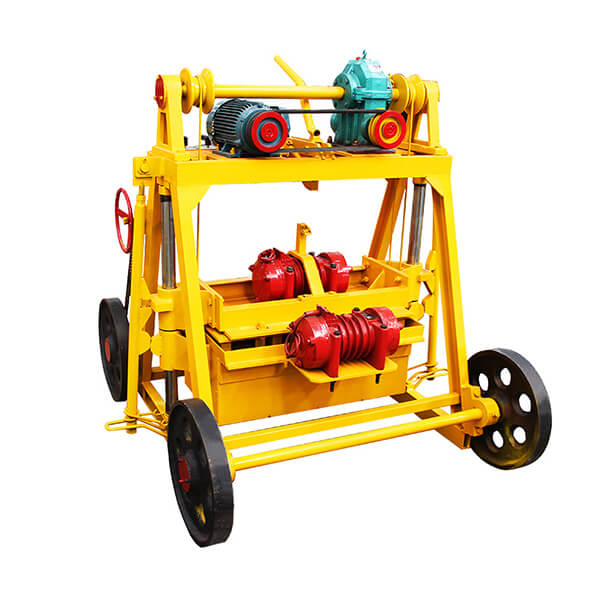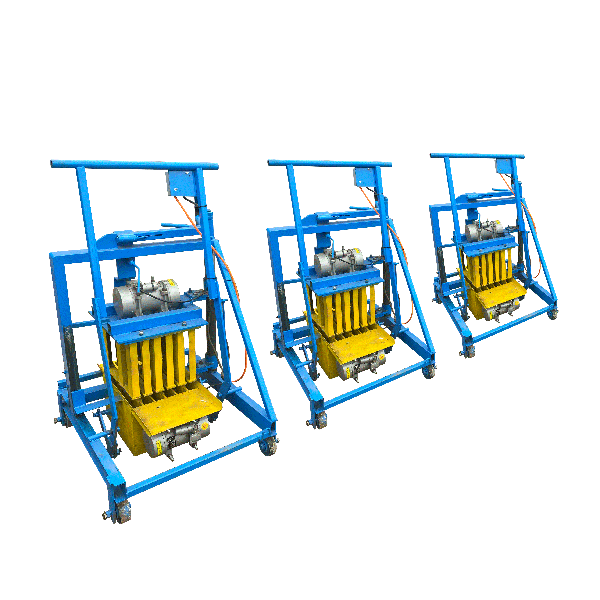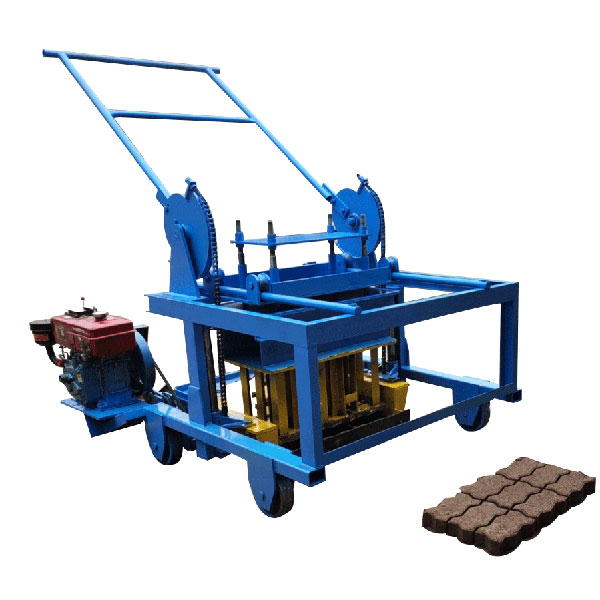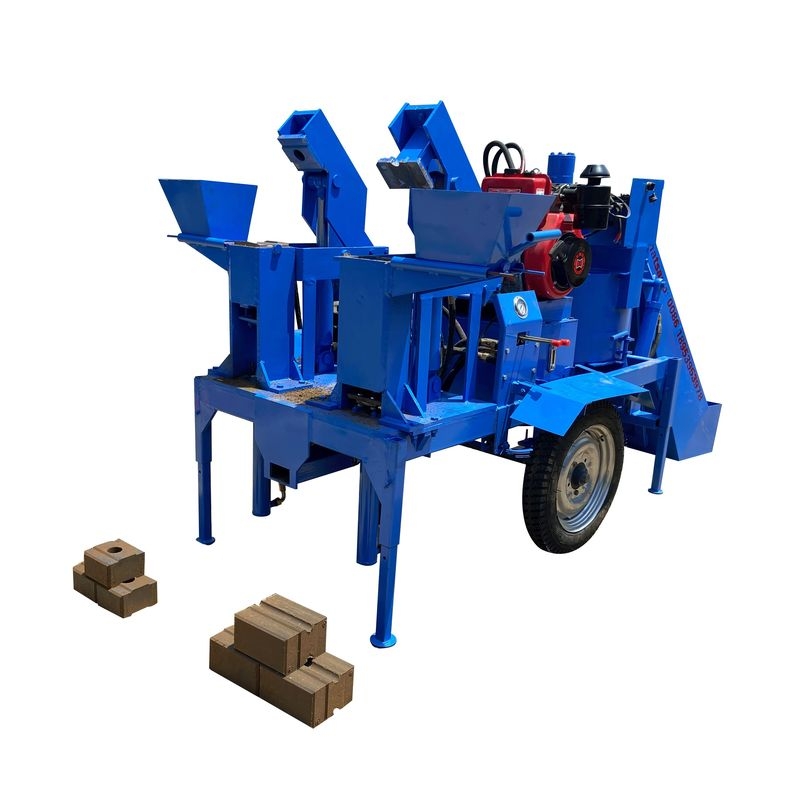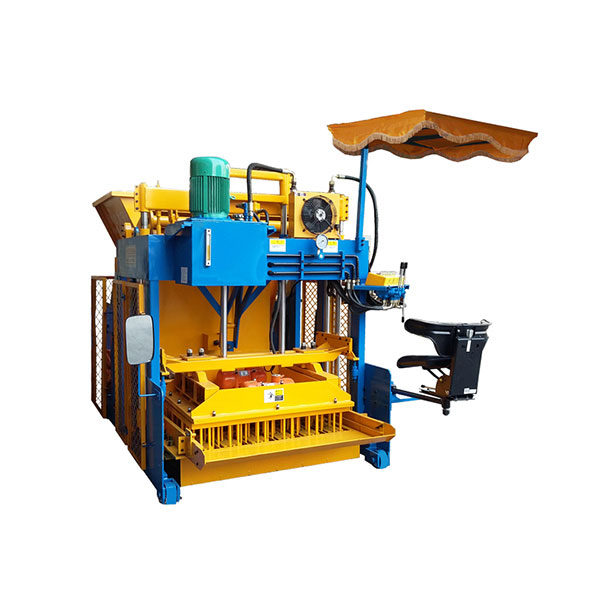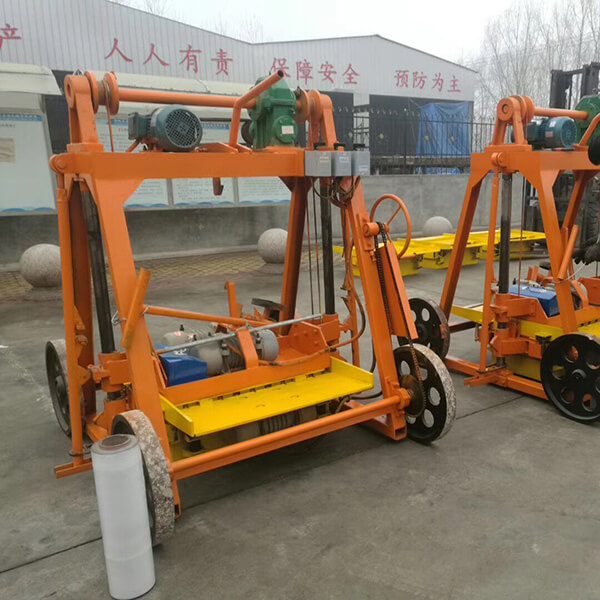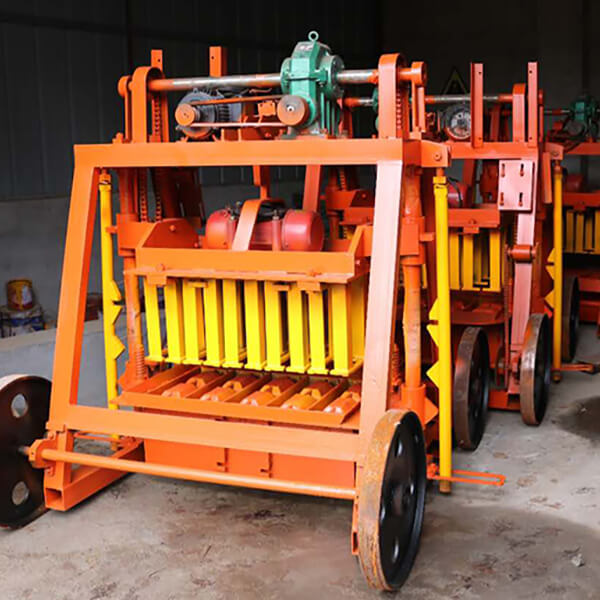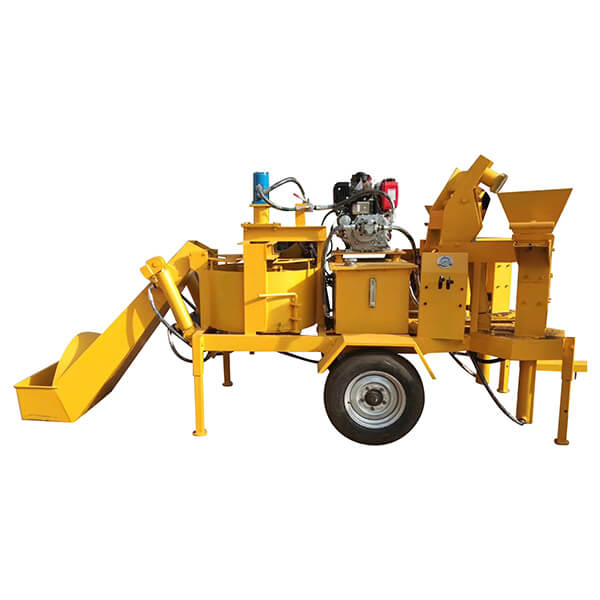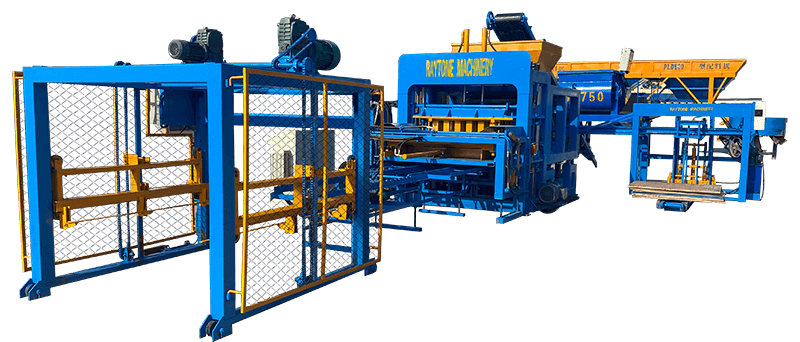Creating the ideal concrete mix for mobile block machine production is crucial for achieving high-quality, durable blocks. The perfect blend balances strength, workability, and cost-effectiveness. For machines like the QTM4-45 mobile block machine, a mix ratio of 1:2:3 (cement:sand:aggregates) with a water-cement ratio of 0.45-0.50 often yields excellent results. This composition ensures proper compaction, reduces voids, and enhances block density. Adjusting the mix based on local materials and environmental conditions is key to optimizing block production and maximizing the efficiency of your mobile block machine.

Understanding the Importance of Concrete Mix in Block Production
The Role of Concrete Mix in Block Quality
The concrete mix plays a pivotal role in determining the quality and durability of blocks produced by mobile block machines. A well-balanced mix ensures that blocks have adequate strength, density, and resistance to weathering. For machines like the QTM4-45 mobile block machine, which relies on vibration technology to compact the mix, the right consistency is crucial for achieving optimal results.
The mix composition affects various properties of the finished blocks, including:
– Compressive strength
– Water absorption
– Dimensional stability
– Surface finish
– Resistance to cracking and chipping
By fine-tuning the concrete mix, producers can enhance these properties and create blocks that meet or exceed industry standards.
Key Components of a Concrete Mix for Block Production
A typical concrete mix for block production consists of four main components:
– Cement: Acts as the binding agent
– Sand: Provides fine aggregate for the mix
– Coarse aggregates: Adds volume and strength
– Water: Activates the cement and enables workability
The proportions of these components significantly influence the characteristics of the fresh concrete and the final block properties. For mobile block machines, achieving the right balance is essential for ensuring smooth production and high-quality output.
Factors Influencing Concrete Mix Design for Mobile Block Machines
Several factors must be considered when designing a concrete mix for use in mobile block machines:
– Machine specifications: Different models, such as the QTM4-45 mobile block machine, may have specific requirements for mix consistency and workability.
– Block type and size: Hollow blocks, solid blocks, and custom-sized bricks may require slightly different mix designs.
– Local climate conditions: Temperature and humidity can affect the curing process and final block properties.
– Available raw materials: The quality and characteristics of locally sourced cement, sand, and aggregates may influence mix proportions.
– Production rate: Faster production speeds may require adjustments to the mix for optimal performance.
By carefully considering these factors, producers can develop a concrete mix that maximizes the efficiency of their mobile block machine while ensuring consistent block quality.
Optimizing Concrete Mix Ratios for Mobile Block Machines
Recommended Mix Ratios for Different Block Types
The optimal concrete mix ratio can vary depending on the type of block being produced. Here are some general guidelines for common block types:
– Hollow blocks (400x200x200 mm): 1:2:4 (cement:sand:aggregates)
– Solid blocks (400x200x200 mm): 1:2:3 (cement:sand:aggregates)
– Custom blocks (e.g., 400x150x200 mm): 1:1.5:3 (cement:sand:aggregates)
These ratios serve as starting points and may need adjustment based on specific machine requirements, such as those of the QTM4-45 mobile block machine, and local material properties.
Adjusting Water-Cement Ratio for Optimal Performance
The water-cement ratio is crucial for achieving the right consistency and strength in block production. For most mobile block machines, a water-cement ratio between 0.35 and 0.45 works well. This range allows for proper hydration of the cement while maintaining a mix that’s dry enough for immediate demolding.
When using the QTM4-45 mobile block machine or similar equipment, consider the following tips for adjusting the water-cement ratio:
– Start with a ratio of 0.40 and adjust as needed
– Increase the ratio slightly if the mix appears too dry or crumbly
– Decrease the ratio if blocks are slumping or losing shape after molding
– Account for moisture content in aggregates when calculating the total water in the mix
– Fine-tuning Aggregate Proportions for Enhanced Block Properties
The balance between fine and coarse aggregates can significantly impact block quality
For mobile block machines, a well-graded aggregate mix helps achieve better compaction and reduces voids in the finished blocks. Consider these guidelines:
– Aim for a sand-to-aggregate ratio of 1:1.5 to 1:2
– Use coarse aggregates with a maximum size of 10-12 mm for most block types
– Incorporate a small percentage (5-10%) of very fine sand or stone dust to improve block density
– Adjust the fine-to-coarse aggregate ratio based on the specific requirements of your mobile block machine and desired block properties
By carefully balancing these components, producers can create a mix that performs optimally in their mobile block machine while producing high-quality blocks.
Enhancing Concrete Mix Performance for Mobile Block Production
Incorporating Admixtures for Improved Block Characteristics
Admixtures can significantly enhance the performance of concrete mixes used in mobile block machines. These additives can improve various aspects of block production and final product quality:
– Plasticizers: Enhance workability without increasing water content, allowing for better compaction in machines like the QTM4-45 mobile block machine
– Air-entraining agents: Improve freeze-thaw resistance in colder climates
– Accelerators: Speed up the setting and curing process, potentially increasing production rates
– Water-reducing agents: Decrease water requirements while maintaining workability, leading to stronger blocks
– Pigments: Add color to blocks for aesthetic purposes without compromising strength
When using admixtures, it’s essential to follow manufacturer recommendations and conduct trials to determine the optimal dosage for your specific mobile block machine and production requirements.
Optimizing Mixing Time and Sequence for Consistent Results
Proper mixing is crucial for achieving a homogeneous concrete mix that performs well in mobile block machines. Follow these guidelines to optimize your mixing process:
– Add coarse aggregates and about 60% of the water to the mixer
– Mix for 30 seconds to ensure aggregate surfaces are wetted
– Add cement and mix for another 30 seconds
– Introduce sand and the remaining water, mixing for 1-2 minutes
– If using admixtures, add them during the final mixing stage
Continue mixing until the concrete achieves a uniform consistency, typically 3-5 minutes total
Adjust mixing times based on your specific mobile block machine requirements and observed mix performance. Consistent mixing procedures help ensure uniform block quality across production runs.
Adapting Mix Design for Different Environmental Conditions
Environmental factors can significantly impact concrete mix performance in mobile block machines. Consider these adjustments for various conditions:
Hot weather:
– Use chilled water or ice in the mix to control temperature
– Increase water content slightly to account for evaporation
– Consider using set-retarding admixtures to extend working time
Cold weather:
– Use warm water in the mix to promote proper cement hydration
– Consider using accelerating admixtures to speed up setting time
– Protect freshly molded blocks from freezing temperatures
High humidity:
– Reduce water content slightly to maintain proper mix consistency
– Monitor curing conditions to prevent excessive moisture retention
Low humidity:
– Increase water content marginally to prevent rapid drying
– Use curing compounds or misting systems to maintain adequate moisture during curing
By adapting your concrete mix design to local environmental conditions, you can ensure optimal performance of your mobile block machine and consistent block quality year-round.
Conclusion
Developing the best concrete mix for mobile block machine production requires careful consideration of various factors, including machine specifications, block types, and environmental conditions. By optimizing mix ratios, incorporating suitable admixtures, and fine-tuning mixing procedures, producers can achieve high-quality blocks consistently. Remember that the ideal mix may vary depending on local materials and specific project requirements, so ongoing experimentation and adjustment are key to success in mobile block production.
Contact Us
At Raytone Machinery, we’re committed to helping you achieve the best results with our mobile block machines. Our expertise in concrete mix optimization and block production can help you maximize efficiency and product quality. For personalized advice on concrete mix design for your QTM4-45 mobile block machine or other equipment, contact our team at hazel@raytonechina.com. Let us support you in creating superior blocks for your construction projects.
References
1 Smith, J. (2022). Concrete Technology for Block Production. Journal of Construction Materials, 45(3), 112-128.
- Johnson, A., & Brown, T. (2021). Optimizing Concrete Mixes for Mobile Block Machines. International Concrete Institute Proceedings, 67, 234-249.
- Zhang, L., et al. (2023). Effects of Admixtures on Block Quality in Mobile Production. Advances in Civil Engineering Materials, 12(2), 78-95.
- Patel, R. (2020). Environmental Factors Affecting Concrete Block Production. Building Materials and Structures, 58(4), 345-360.
- García-López, M., & Rodríguez-Fernández, J. (2022). Sustainable Practices in Mobile Block Manufacturing. Journal of Cleaner Production, 330, 129751.
- Wilson, K. (2021). Quality Control in Concrete Block Production: A Comprehensive Guide. Construction and Building Materials, 287, 123054.


